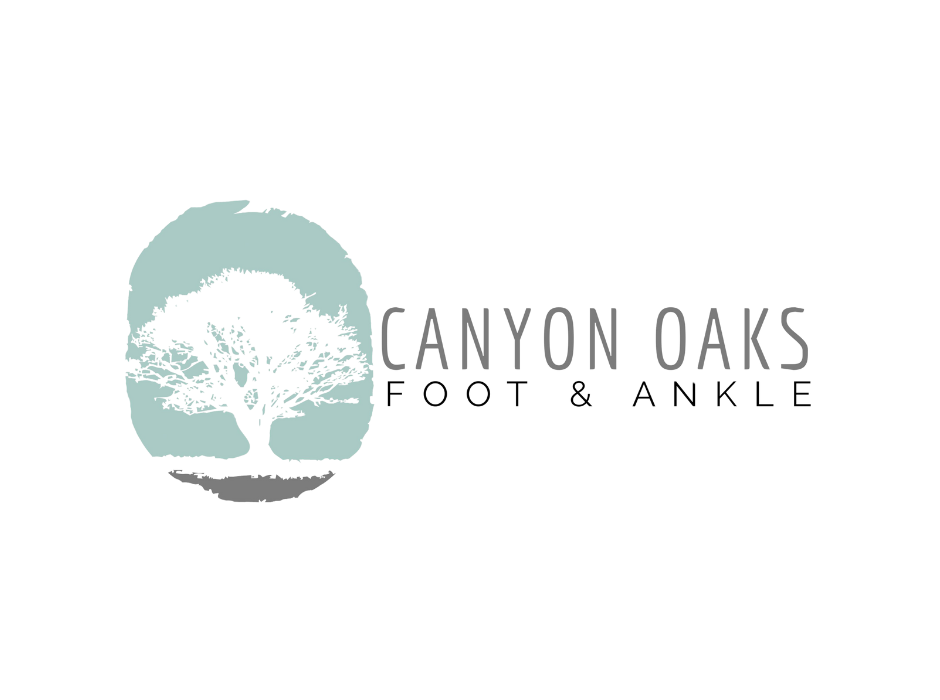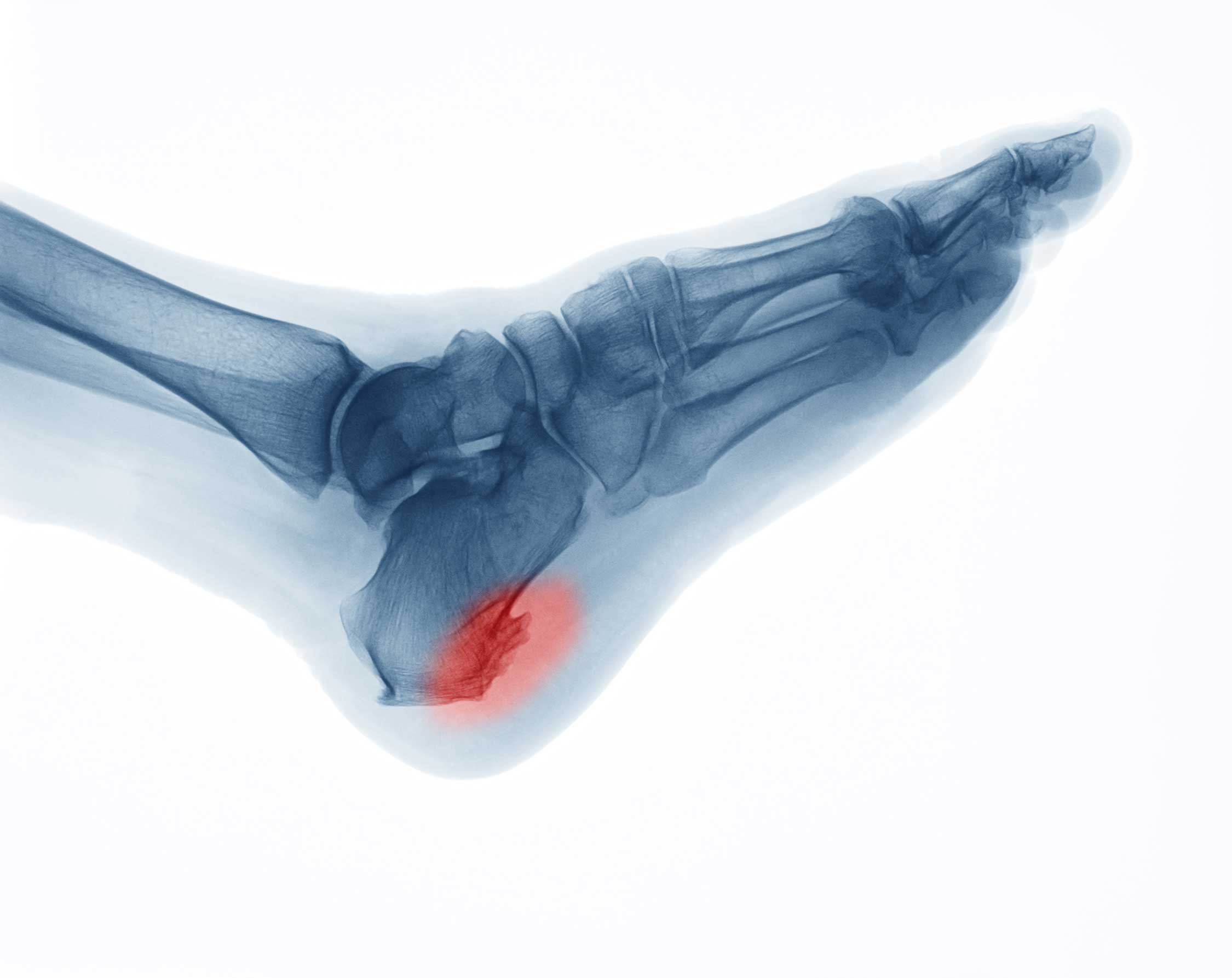Any pain we feel through our feet will make almost all of our daily activities difficult to perform. Is that pain you’re feeling pain around the back and outside of the foot? One possible cause of your foot pain is peroneal tendonitis.
What to Know About the Peroneal Tendons
The peroneal tendons, which are bands of tissue that attach muscle to bone, are located between your lower leg and foot. We all have two peroneal tendons in each leg. They start side by side, run down the lower leg bone, known as the fibula, and pass behind the bony lump outside the ankle.
One peroneal tendon runs toward the outside of the foot, attaching at the base of your little toe. Your second peroneal tendon runs underneath the foot, where it attaches to the inside of your foot’s arch.
Why are the Peroneal Tendons Important?
The role of the peroneal tendons is to provide our ankles with stability when it’s bearing weight. In addition, these tendons will keep the foot stable, protecting it from possible sprains. Another vital role is to help turn the foot out, providing the arch with stability when walking.
What Causes Peroneal Tendonitis?
According to Foot Health Facts, the official consumer website for American College of Foot and Ankle Surgeons, the following three types of injuries can affect the peroneal tendons:
- Tears (acute or degenerative)
- Subluxation
- Tendonitis
Peroneal tendonitis is the inflammation of the peroneal tendons due to activities that repetitively use these tendons, leading to overuse, trauma (for example, an ankle sprain), or improper footwear. Athletes are usually affected most due to the repetitive motion they perform in their respective sports.
Some of the symptoms you will experience, on one or both of these tendons, include:
- A warm to the touch foot
- Foot pain at the back of the ankle
- Swelling at the back of the ankle
Treatments for Peroneal Tendonitis
Most treatment options for peroneal tendonitis are non-surgical. Since this condition results from overuse, the first option is immobilizing the foot and ankle with a boot. If the pain hasn’t subsided, physical therapy may be required to help reduce the pain and swelling. As part of your therapy, peroneal tendonitis exercises may be introduced to strengthen your muscles and provide better stability.
In some cases, your doctor may suggest, as another treatment for peroneal tendonitis, a brace to use during activities that involve repetitive ankle motion.
Medication Options
Another treatment option includes various types of medications. For example, your doctor may suggest taking anti-inflammatory drugs, like ibuprofen, to help reduce swelling and relieve the pain. If your condition is bad enough, you may receive a cortisone injection, a powerful anti-inflammatory medication.
Is Peroneal Tendonitis Affecting Your Foot and Ankle?
Pain in your foot and ankle can be an indication of more serious underlying health issues. If you aren’t sure if your pain is due to peroneal tendonitis, visit your local podiatrist.
If you’re located in Fresno, Visalia, Porterville, or the surrounding California areas, visit Canyon Oak Foot and Ankle. Our podiatry experts’ mission is to provide total care of the foot and ankle with compassion and efficiency.
Schedule your appointment today!

